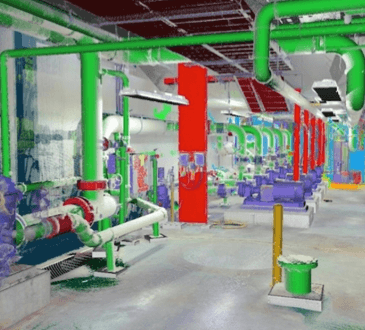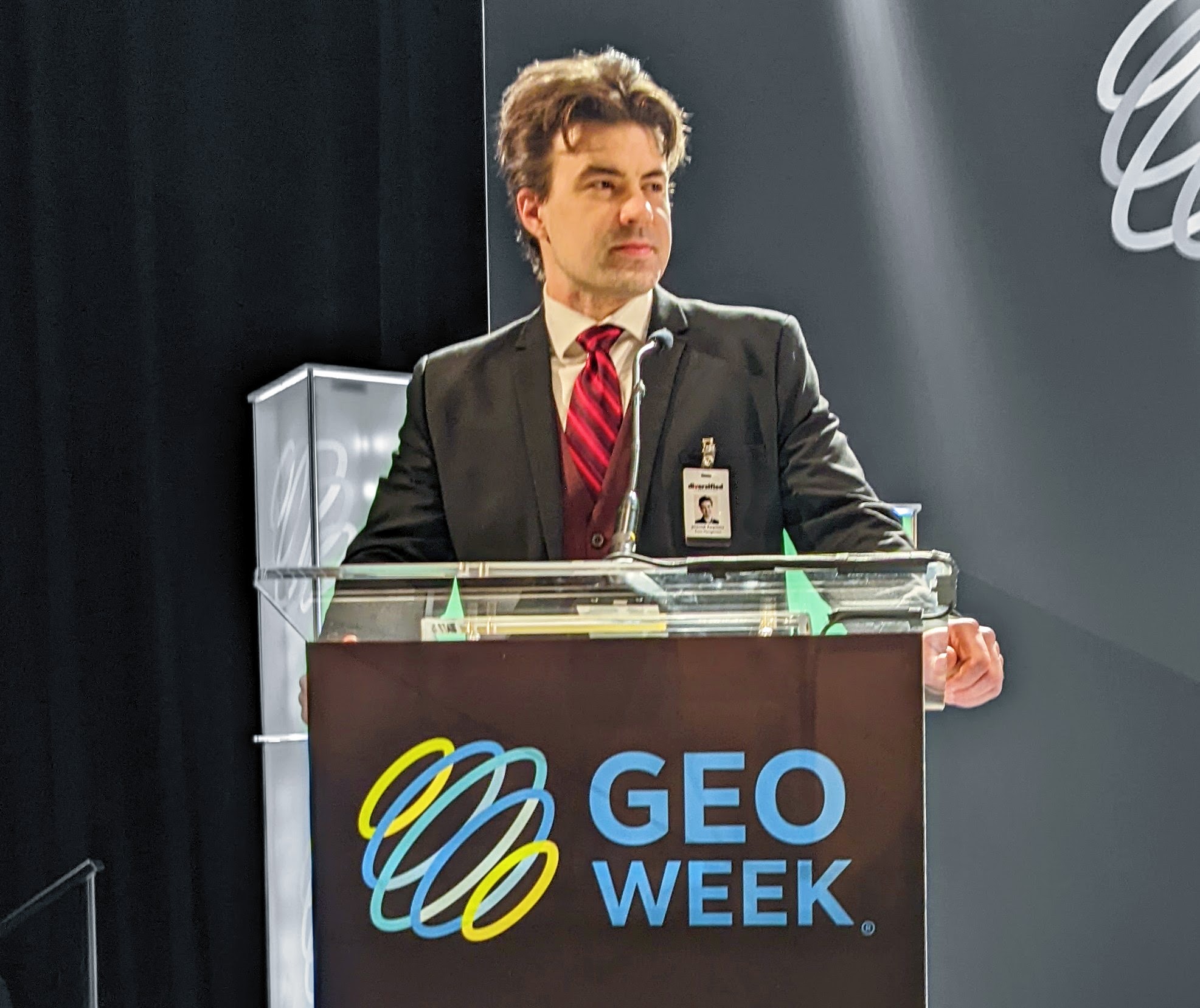Questions about what it means to realize the value of a digital twin have been asked for years, with answers being as insightful as they are powerful for organizations in a variety of sectors. The concept of utilizing a “digital twin” – a living, constantly updated and analytical representation of an asset, building or system – as a means to do anything from perform preventative maintenance to provide optimization analysis for countless processes has gained serious traction. These sorts of digital assets have taken on a whole new level of importance in light of limitations imposed by COVID-19, many of which will reshape how companies do business over the next few years.
However, it doesn’t make sense for someone to pursue the adoption of a digital twin solution without knowing what problem they’re trying to solve or being able to get specific with where they’ll create value. Do you want to utilize a digital twin to cut down on inspection time? How are you planning to use and leverage the information in a digital twin throughout the lifecycle of your project?

Dave Truch
Our upcoming The Digital Twin in Action webinar is set to explore many of these questions and issues with a panel of experts that includes Dave Truch, EVP & CTO, VyzAI. Truch is an especially appropriate person to help guide this discussion, given his history as a SPAR 3D keynote speaker and his work with advanced digital technologies. He is also one of the authors of Beyond 2020 – The Cognitive Digital Twin. Designed to challenge the existing “stove-piped” paradigm of inspection, maintenance, and operations, the whitepaper provides insights around what it will mean to create a new normal for inspection, maintenance and operations and introduces concepts like Spatial Phase Imaging (SPI).
Understanding such nuances is critical because digital twins will continue to redefine expectations around costs and responsibilities. As a couple quick examples of what this can mean in a practical sense, digital twins allowed a company to complete what was a 20-month project in under 17 months. Digital twins have allowed inspectors to focus on a handful of potential problems that are identified in a digital twin model rather than taking the time to inspect an entire facility. That alone can save costs, because not only is the inspector not spending time inspecting assets that don’t need their attention, but they can also focus on what it means to take care of small issues before they turn into costly problems. Exactly what these efficiencies look like depends on established processes and roles, but digital twins will continue to enable options that create value along these lines in countless ways.
 Join us on September 22nd to discuss the challenges and opportunities associated with doing so during our live webinar, which will include insights from the Beyond 2020 – The Cognitive Digital Twin whitepaper that is available now as a free download. You can also ask questions during the live session or get in touch on social media.
Join us on September 22nd to discuss the challenges and opportunities associated with doing so during our live webinar, which will include insights from the Beyond 2020 – The Cognitive Digital Twin whitepaper that is available now as a free download. You can also ask questions during the live session or get in touch on social media.






